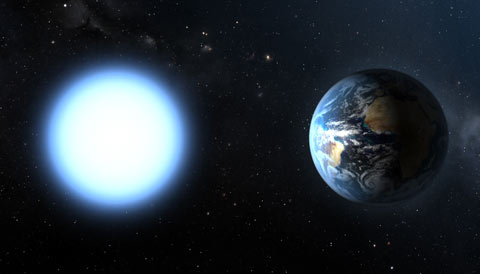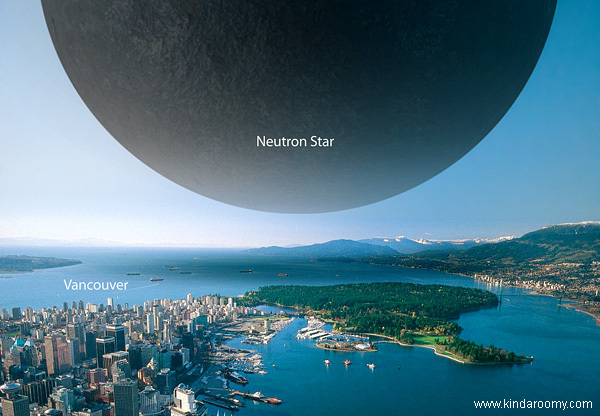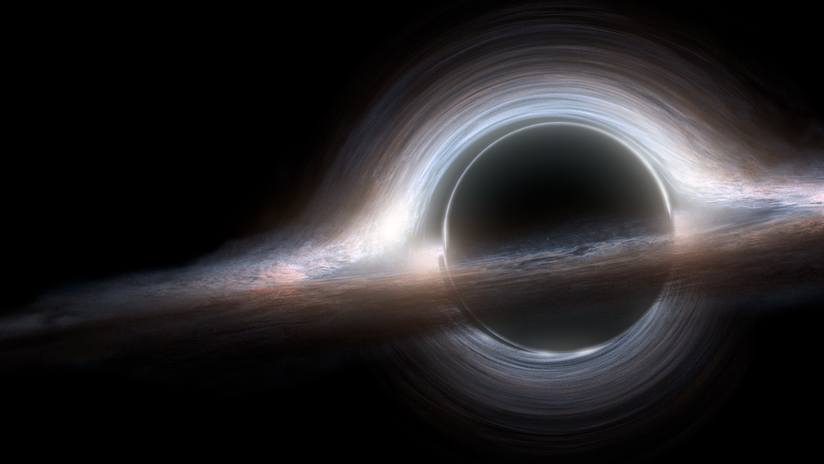What are black holes, white dwarfs, and neutron stars?
1 Answer
Three examples of stellar remnants.
Explanation:
A stellar remnant is whatever is left over after fusion stops inside of a star. Since fusion holds stars up against gravity, stellar remnants are formed by stars collapsing in on themselves. Which type of remnant is left depends on the mass of the star.
Stars with masses of

For red dwarf stars, this happens after hydrogen fusion stops and the star begins to contract. It heats up, but never reaches the temperature required for helium fusion. For yellow dwarf stars like our sun, this happens after helium fusion. The core becomes a white dwarf, and the rest of the star gets blown out to become a planetary nebula.
Stars with masses of

For stars that are heavy enough, even neutron degeneracy cannot support their weight. These stars become black holes. A black hole is an object that is so dense that the escape velocity is greater than the speed of light, so nothing is able to escape from its gravity. Stellar black holes are formed during a supernova, but there are other types of black holes as well, including supermassive black holes, which are found in the centers of galaxies.


